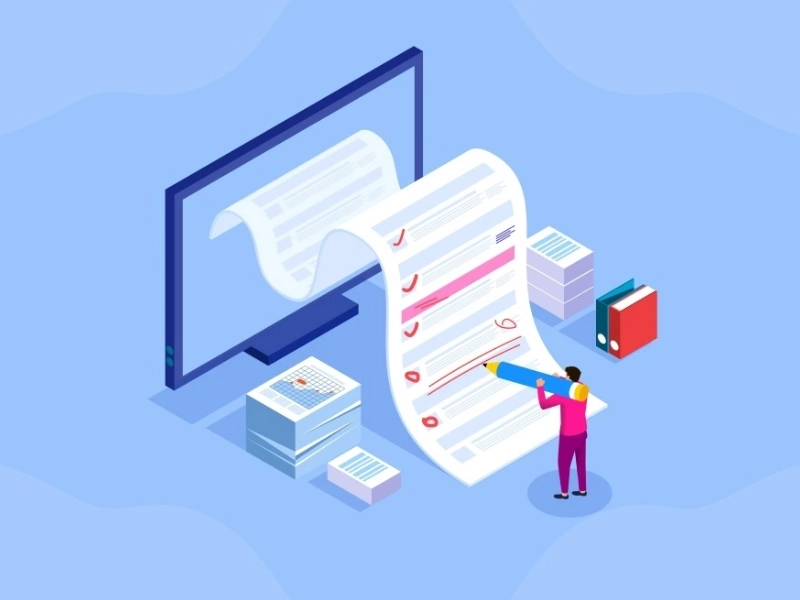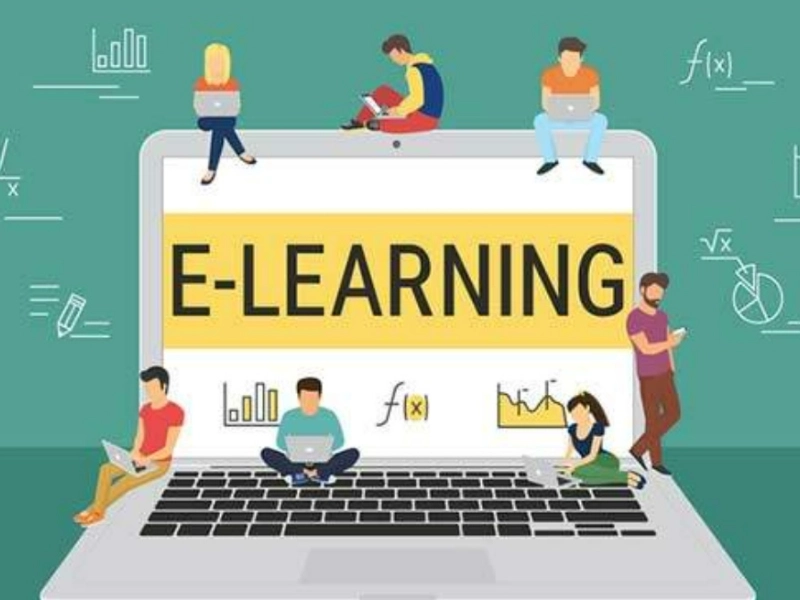The Evolution of Online Learning - From Skepticism to Acceptance
E-learning is a type of education where instructional materials and interactive learning opportunities are delivered via technology. Its origins can be traced back to the PLATO experiment and other early computer-based learning initiatives of the 1950s and 1960s, as well as more recent advancements like satellite transmission and teleconferencing. With students vying for access to higher education and working professionals seeking a method to advance their careers without sacrificing their personal lives, online learning has grown in popularity in recent years. In this article, we'll look at a few of the causes.
Past Events

Technology
 Technology advancements have allowed for a rapid evolution of online learning. Online learning occurs on the internet, as opposed to traditional classroom education, which entails a teacher lecturing pupils in person. This implies that anyone with an internet connection can complete it from wherever they are.
Students can now participate in classes that may not be in their own region thanks to technology, which also helps them learn from other viewpoints and broaden their understanding of diverse cultures. Students can also take classes online at a time that works for them.
Online learning became more widely available in the 1990s with the introduction of Blackboard, the rise of personal computers, and the conversion of instructional materials into digital formats. This decade saw the debut of the first fully authorized online universities, such as Jones International University and MIT's OpenCourseWare. This contributed to the growing acceptance of online education. The quality of online learning was further enhanced by the introduction of video conferencing software and more user-friendly learning management systems.
Technology advancements have allowed for a rapid evolution of online learning. Online learning occurs on the internet, as opposed to traditional classroom education, which entails a teacher lecturing pupils in person. This implies that anyone with an internet connection can complete it from wherever they are.
Students can now participate in classes that may not be in their own region thanks to technology, which also helps them learn from other viewpoints and broaden their understanding of diverse cultures. Students can also take classes online at a time that works for them.
Online learning became more widely available in the 1990s with the introduction of Blackboard, the rise of personal computers, and the conversion of instructional materials into digital formats. This decade saw the debut of the first fully authorized online universities, such as Jones International University and MIT's OpenCourseWare. This contributed to the growing acceptance of online education. The quality of online learning was further enhanced by the introduction of video conferencing software and more user-friendly learning management systems.
Easy accessibility
 Since its humble origins, online learning has grown significantly. It currently includes both conventional college degrees and newer ideas in higher education, such as MOOCs and microcredentials. A wide range of people use it, including seasoned professionals, working parents, veterans, and traditional college students.
Thanks to its convenience, people from all over the world have been able to learn and advance their professional possibilities. Additionally, it has made it possible for those who previously could not attend university lectures to further their education—such as low-income households or mothers with small children.
The quality of online learning has increased due to the advent of more user-friendly videoconferencing software and more effective data storage. Additionally, learners now have access to a plethora of opportunities thanks to the incorporation of APIs into online learning systems. As a result, online education now has a much better reputation. It is currently regarded as a respectable educational approach of comparable caliber to conventional teaching techniques.
Since its humble origins, online learning has grown significantly. It currently includes both conventional college degrees and newer ideas in higher education, such as MOOCs and microcredentials. A wide range of people use it, including seasoned professionals, working parents, veterans, and traditional college students.
Thanks to its convenience, people from all over the world have been able to learn and advance their professional possibilities. Additionally, it has made it possible for those who previously could not attend university lectures to further their education—such as low-income households or mothers with small children.
The quality of online learning has increased due to the advent of more user-friendly videoconferencing software and more effective data storage. Additionally, learners now have access to a plethora of opportunities thanks to the incorporation of APIs into online learning systems. As a result, online education now has a much better reputation. It is currently regarded as a respectable educational approach of comparable caliber to conventional teaching techniques.
Availability
 School districts all over the world hurried to introduce online learning as soon as the coronavirus pandemic struck in order to keep kids occupied during quarantine. These initiatives serve as excellent examples of how adaptable and personalised e-learning can be. It is probable that educational institutions will persist in developing their web-based programmes, incorporating fresh functionalities and modifying current ones to function effectively in a digital setting.
The introduction of APIs, for instance, has made it simple for online learning platforms to communicate with other software programmes and systems, such as SISes and LMSs. Teachers may now more easily employ a range of online learning resources to meet their needs since interoperability has made it easier to manage and integrate data between various platforms.
As a result of the development of online learning, the way students study and learn has changed, making it a useful and accessible teaching tool. However, online learning still faces certain difficulties, such as limited internet access and cost, which may discourage people from entering the sector.
School districts all over the world hurried to introduce online learning as soon as the coronavirus pandemic struck in order to keep kids occupied during quarantine. These initiatives serve as excellent examples of how adaptable and personalised e-learning can be. It is probable that educational institutions will persist in developing their web-based programmes, incorporating fresh functionalities and modifying current ones to function effectively in a digital setting.
The introduction of APIs, for instance, has made it simple for online learning platforms to communicate with other software programmes and systems, such as SISes and LMSs. Teachers may now more easily employ a range of online learning resources to meet their needs since interoperability has made it easier to manage and integrate data between various platforms.
As a result of the development of online learning, the way students study and learn has changed, making it a useful and accessible teaching tool. However, online learning still faces certain difficulties, such as limited internet access and cost, which may discourage people from entering the sector.










